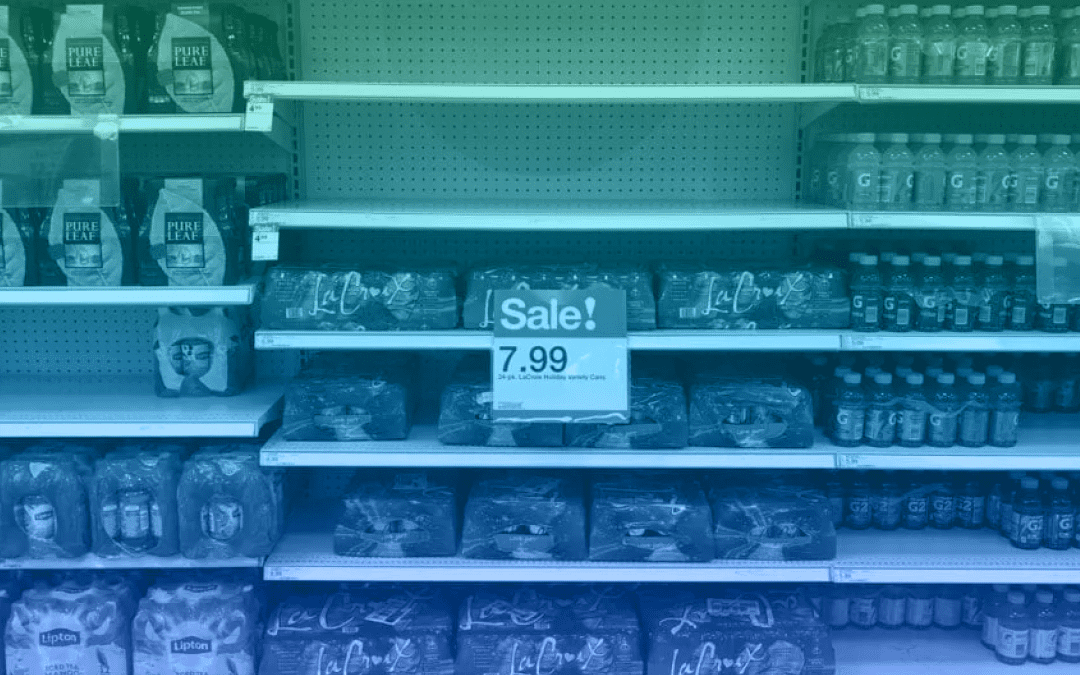Let’s be real. There’s nothing more frustrating for a CPG brand than a product void. You’ve worked hard to create an amazing product. You went through the whole process of iterative & and field testing. You figured out branding and packaging. You got production into place. You sold it into retailers and got it into distribution.
But when customers finally head to the store to buy it, the product is nowhere to be found.
What gives?
Problem
Product voids are a common occurrence in the retail industry. They happen when a packaged retail product, sold wholesale into physical retail store chains, is not available on the shelf for customers to buy. It’s like the product has disappeared into the retail abyss.
Product voids can result from several factors, including poor inventory management, supply chain disruptions, and communication errors between retailers, distributors, sales agencies, and brands. With so many moving parts involved in the retail supply chain, it’s no surprise that product voids can be a persistent problem for CPG brands.
According to a collaborative study by The Food Industry Association (FMI) and the Consumer Brands Association (CBA), a quarter of all product voids were due to issues with inventory management, while another 21% were due to out-of-date shelf tags or other in-store communication errors. This underscores the importance of effective inventory management and clear communication between retailers and suppliers to minimize the occurrence of product voids. Ultimately, it comes down to identifying and fixing issues at individual store locations.
How product voids hurt success
When a product is not available on the shelf, it’s a missed opportunity for the CPG brand to make a sale. Based on a report by the IHL Group, out-of-stock items cost U.S. retailers an estimated $634.1 billion in lost sales annually. This is a significant loss, and it’s not just the retailers who are affected.
CPG brands also suffer from product voids. The CBA reported that product voids cost CPG brands an estimated $1.75 billion in lost sales each year. That’s a lot of money down the drain.
Product voids can also damage a brand’s reputation. Nielsen found that 35% of customers will switch to a different brand if the one they prefer is out of stock. Customers who can’t find what they’re looking for may choose a substitute product or go to a competitor’s store instead. This leads to lost revenue for the CPG brand, which can be especially damaging if the product is new or part of a limited-time promotion.
The negative impact on business
The impact of product voids on CPG brands can be significant. According to the FMI, product voids can cause up to a 12% reduction in revenue growth. This reduction in growth can have long-term effects on the business, making it harder for the brand to compete in the market.
Conclusion
Product voids are a major headache for CPG brands. They can lead to lost sales, damage a brand’s reputation, and negatively impact the bottom line. While product voids can happen for a variety of reasons, effective inventory management and communication between retailers and suppliers are essential to prevent them from happening.
CPG brands that can address the issue of product voids head-on will be better positioned to succeed in the cutthroat world of retail, which ultimately is fought in stores where consumers make the majority of their purchase decisions.
